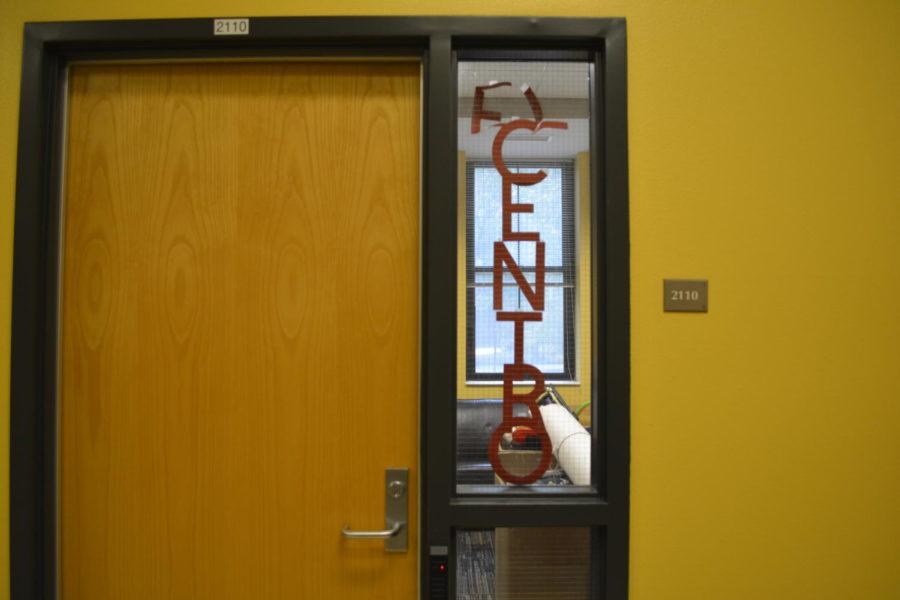It’s more than just a storage space: El Centro serves as a space for Latinx identities
October 2, 2018
A need for a space for Latinx identities on Iowa State’s campus was voiced through a proposal in the late 1990s.
Despite these efforts, the vision for a student space has recently turned into storage.
El Centro was established in 1992 with the purpose of being a place for students to study, create new relationships and share cultural views.
Once established at Iowa State, the space was placed in Beardshear Hall. In 2004, it was relocated to Martin Hall.
In 2018, El Centro was revived in the spring semester with the hope of reviving the emphasis of the original purpose.
An assessment given at the revival event compiled survey results from various students and staff of what they want to see for the future of El Centro. The survey’s findings showed people want to see a bigger space, as the space currently only accommodates 10 people.
“It is a very small space, so I can see why majority of the participants want a bigger space,” said Berenice Real, second year graduate student in student affairs and member of the El Centro Committee .
Real explained the countless efforts being done to create a bigger space. She said it is a slow process to receive confirmation for a bigger space.
“Institutional change is pretty slow,” Real said. “Student involvement and support is vital to the future of El Centro, not only for a bigger space but for decisions regarding El Centro.”
Currently, there are efforts by the committee to begin a name change process. The committee had recently sent out a survey with the hopes of gathering student input in the new name selection.
“The El Centro committee wants to change the name because ‘El Centro’ translated to English is The Center,” Real said. “The name can confuse unfamiliar students with ‘The Center,’ the space that LGBTQIA+ Student Success has provided for LGBTQIA+ identifying students.”
When deciding how to remodel the space, students filled out another survey to choose their favorite style. Majority chose in favor of a design that incorporated couches, a table and chairs. The redesign from the survey findings occurred this past summer.
“We want students to make the decisions,” Real said. “It’s very intentional to allow students to have a voice.”
Even after the redesign, Latinx student organizations are continuing to utilize El Centro as a storage space since the clubs and organizations do not have other options for storage.
Real said the purpose of the redesign was to better serve students and promote interest for students to utilize the space for their academic or social needs.
Real said it is on students to want the space as well.
“It is not the most accessible, but it’s a start and we need to start somewhere,” Real said.
Accessibility has discouraged students from using El Centro. Since it is located in a residence hall, students are only allowed to use the space before the front doors lock at 11 p.m.
Students only have access to the actual room if their name and ID number is on the access roster. A card swiper is needed in order for students with their name on the list to gain entrance into the space.
Students’ names were compiled on a list at the beginning of the semester if they expressed interest through email, though students are still more than welcome to join the roster.
The El Centro committee hopes to gain students’ attention to the space through their current and upcoming initiatives. For the committee, the ultimate goal is to gain a larger space similar to the Black Cultural Center located on Welch.
For Real, the first goal she would like to see is public acknowledgment of El Centro as a Latinx affinity space.
“I just want to see El Centro advertised more and used by students,” Real said.
It is important for students to know that this place exists and why it exists. While in her last year of her graduate program, Real hopes the committee can create change.
“If it’s not us, no one will do it.”







